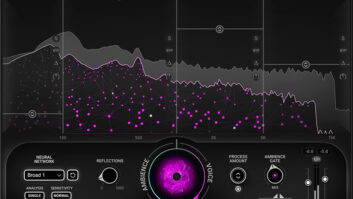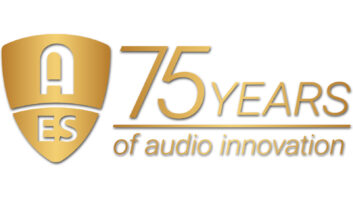IEEE, the world’s largest association of technical professionals, will honor Charles Sidney Burrus with the 2009 IEEE Jack S. Kilby Signal Processing Medal. Burrus is a researcher who has made significant and lasting contributions to signal processing through both scholarly and fundamental research, as well as through educational leadership.
The medal, sponsored by Texas Instruments Inc., recognizes Burrus for contributions to Fast Fourier Transform (FFT) algorithms, digital filter design and signal processing education. IEEE will present the medal on June 25, 2009 at the IEEE Honors Ceremony in Los Angeles. For the first time, the IEEE Honors Ceremony will be broadcast live on the Web through http://www.ieee.org/web/membership/IEEEtv/about.html IEEE.tv.
Digital signal processing (DSP) makes possible many of today’s high-tech applications, such as audio and video compression, image processing, speech recognition and computer-generated effects in movies, and is at the heart of devices like compact discs, digital versatile disks, cellular phones, MP3 players and hearing aids. DSP involves mathematically converting analog signals to numbers or symbols before processing and improving the signals, and it is accomplished through algorithms for filtering and analysis such as the Fast Fourier Transform (FFT).
Considered one of only a handful of researchers who helped build the foundations of DSP, Burrus recognized the promise of the technology in the 1960s, making important contributions to digital filtering and FFTs. He is known for the ability to extend and explain difficult concepts in simple language and has accomplished this through many papers and books and as an educator at one of the leading institutions in the field of signal processing.
An innovator of algorithms for Fourier and wavelet analysis of signals, Burrus generalized the Cooley-Tukey algorithm, one of the most common FFTs, as well as prime factor algorithms, which are the preferred method for implementing FFTs of lengths other than powers of two, using index mapping to explain the ideas behind the algorithms. His original work on methods, to automatically generate code, has been the basis for subsequent developments in Fourier transform computation. His recent work on using FFTs to factor very high-order polynomials has been recognized as an alternative for phase unwrapping and determining the complex cepstrum of long data sequences, which can used for analyzing radar signals or voice detection, among other applications.
Burrus also has made many contributions to the theory and design of digital filters, including introducing the first direct design method for infinite impulse response digital filters in 1970, which is still in use today. Burrus also improved upon the Parks-McClellan algorithm for finite impulse filter design, which was limited to small filter lengths, by developing a filter able to handle the very long lengths required by modern applications.
As a leader in signal processing education, Burrus helped build Rice University’s reputation as a leading institution in the field. Considered an outstanding teacher his entire career, Burrus has received Rice’s highest teaching award five times. He continues to play a key role in the “Connexions” project, which is a Web-based open-source textbook initiative for peer review and sharing of signal processing educational materials.
An IEEE Life Fellow, Burrus has won many awards, including the IEEE Signal Processing Pioneer Award (1998), the IEEE Third Millennium Medal (2000) and the Wavelet Pioneer Award (2006). He has published five textbooks and more than 200 conference and journal papers. He received his bachelor’s and master’s degrees from Rice University in Houston, Texas, and his doctorate from Stanford University in Palo Alto, Calif. He is currently the Maxfield and Oshman Professor Emeritus of Engineering at the George R. Brown School of Engineering of Rice University, where he has worked since 1965.
For more information, visit www.ieee.org.







